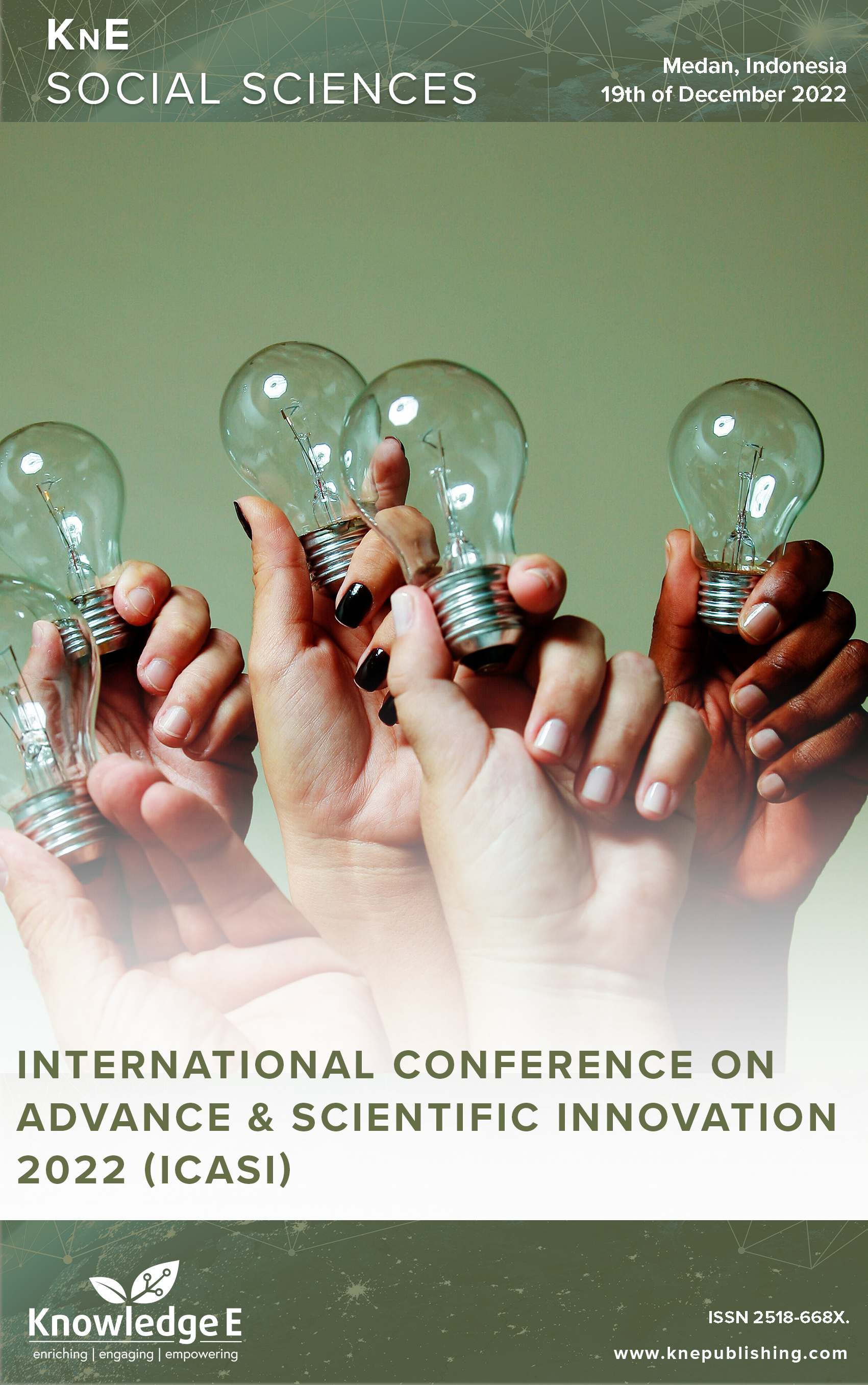The Impact of Airport Facilities on Non-Aeronautical Revenue Through Airport Traffic And Aeronautical Revenue As Mediating Variables
DOI:
https://doi.org/10.18502/kss.v8i9.13420Abstract
Airport revenue, which consists of aeronautical and non-aeronautical revenue, is very important for airport operations and expansions. Once built, an airport must earn sufficient revenue to cover operating expenses and pay back infrastructure development capital from both public and private sources. Airport facilities and airport traffic determine revenue. The study aimed to analyze the impact of airport facilities on non-aeronautical revenue with airport traffic and aeronautical revenue as mediating variables. The research used a quantitative approach, where the population was Indonesian airports and the samples taken were from 27 Indonesian international airports and 8 Indonesian domestic airports in 2020. The result of this study discovered that non-aeronautical revenue at Indonesian airports can be affected directly and indirectly by airport facilities, airport traffic and aeronautical revenue. Airport facilities had a positive and significant direct effect on airport traffic. Airport traffic had a positive and significant direct effect on aeronautical revenue. Aeronautical revenue had a positive and significant direct effect to the Non-Aeronautical Revenue. However, only airport traffic had an indirect and significant effect on non-aeronautical revenue with aeronautical revenue as the mediating variable.
Keywords: Airport Facilities, Airport Traffic, Airport Revenues, Aeronautical Revenue, Non-Aeronautical Revenue
References
[2] AlixPartners UK LLP & ACI. (2020). Turnaround time: Airport financial recovery and restart following COVID-19.
[3] Angkasa Pura I, Tahunan, L., & Report, A. (2020). SURVIVING, LaporanTahuan PT Angkasa Pura I.
[4] Angkasa Pura II. (2016). Laporan Tahunan: Moving One Step Ahead, Growing with Confidence. Angkasa Pura II, 479. http://www.angkasapurakargo.co.id/id/wp-content/uploads/2018/02/AR-APII-2016.pdf
[5] Angkasa Pura II. (2020). Laporan Tahunan 2019 Angkasa Pura II. https://angkasapura2.co.id/id/investor_relation?activeTab=report&subTab=category1
[6] Diepenbrock, F. (2015). European Airline Performance. September 2014.
[7] Aci, Curry, N., & Gao, Y. Guide to Airport performance measures. Serv Mark Q. 2012;33(February):55.
[8] AlixPartners UK LLP & ACI. (2020). Turnaround time: Airport financial recovery and restart following COVID-19.
[9] Angkasa Pura I, Tahunan, L., & Report, A. (2020). SURVIVING, LaporanTahuan PT Angkasa Pura I.
[10] Angkasa Pura II. (2016). Laporan Tahunan: Moving One Step Ahead, Growing with Confidence. Angkasa Pura II, 479. http://www.angkasapurakargo.co.id/id/wp-content/uploads/2018/02/AR-APII-2016.pdf
[11] Diepenbrock, F. European Airline Performance. September 2014.
[12] Handayani AD, Kania DD, Majid SA. The Implementation of Air Facilitation (FAL) Activities in Juanda-Surabaya International Airport [JMTRANSLOG]. Jurnal Manajemen Transportasi & Logistik. 2019;6(3):247.
[13] Handayani S, Firmansyah F, Wishnuwardhani FD, Oktavilia S. The Impact of Transportation Sector on the Economy of Central Java Province, Indonesia: Input-Output Approach. Advances in Transportation and Logistics Research. 2020;, 3(1):, 445–457. https://doi.org/https://doi.org/10.25292/atlr.v3i0.305
[14] Indonesia Pathway Calculator. Panduan Pengguna untuk Sektor Transportasi. https://papua2050.wwf.id/assets/mini_paper/energy/id/PanduanPenggunauntukSektorTransportasi.pdf
[15] Kania DD. The Ethical Issues of Aviation Business in Indonesia [JMTRANSLOG]. Jurnal Manajemen Transportasi & Logistik. 2018;5(1):1.
[16] Lei Z, Papatheodorou A. Measuring the effect of low-cost carriers on regional airports’ commercial revenue. Res Transp Econ. 2010;26(1):37–43.
[17] Margret S. COVID-19 and the airport industry. 2020. https://assets.kpmg/content/dam/kpmg/ru/pdf/2020/04/ru-en-covid-19-and-the-airport-industry.pdf
[18] PT Angkasa Pura II. (2018). Airport Grow Faster.
[19] PT Angkasa Pura II. (2020a). PT Angkasa Pura II (Persero) dan entitas anaknya / and its subsidiary. 474–614.
[20] Angkasa Pura PT 2nd. (2020b). The Best Smart & Connected Airport in the Region. Laporan Tahunan 2020, 16. https://angkasapura2.co.id/id/investor_relation?activeTab=report&subTab=category5
[21] Serrano F, Kazda A. The future of airport post COVID-19. J Air Transp Manage. 2020 Oct;89(May):101900.
[22] Tovar B, Martín-Cejas RR. Are outsourcing and non-aeronautical revenues important drivers in the efficiency of Spanish airports? J Air Transp Manage. 2009;15(5):217–20.
[23] Volkova N. Determinants of retail revenue for today’s airports. German Airport Performance (GAP). 2009;, 1–19. http://userpage.fu-berlin.de/~jmueller/gapprojekt/downloads/gap_papers/Theroleofretailrevenuefortoday'sairports_Bremenrevjm11709.pdf

